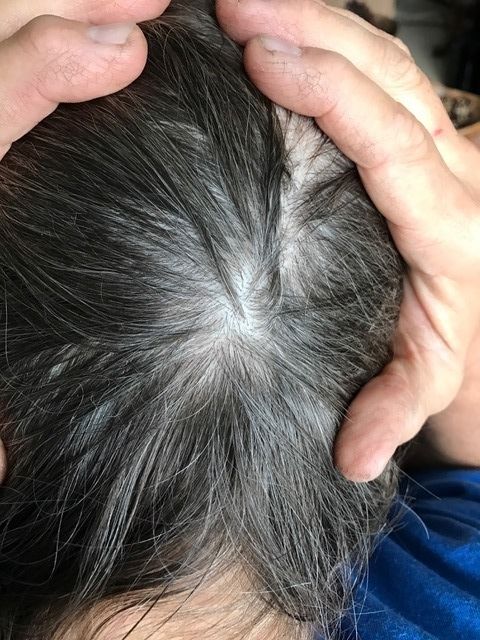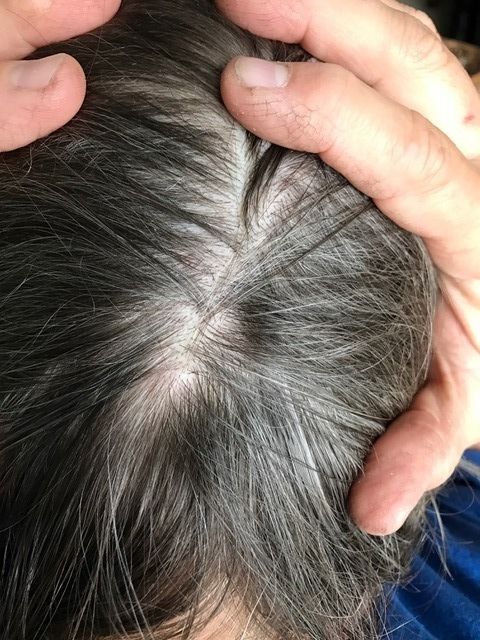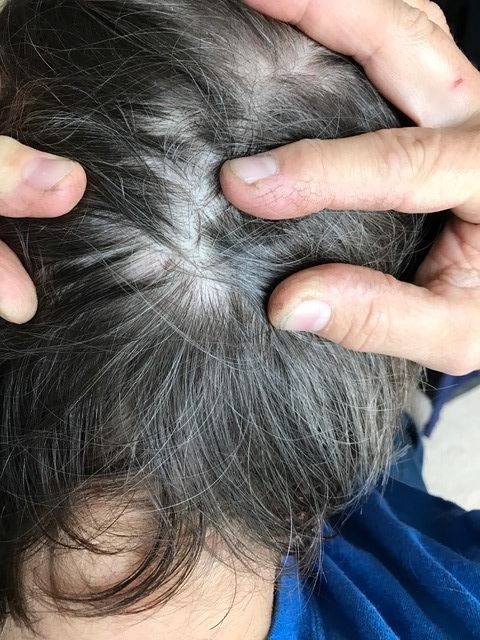Artista, I'm going to ask you to give the good doctor a message. He should not to take this as disrespectful because it's not intended to be disrespectful. I'm just the facts.
I understand that Dr. Wesley is working as fast as he can. But the first researcher that brings a breakthrough treatment to market will get a ton of free publiciy and a foothold in the marketplace. Dr. Wesley's competitor researchers are chugging along and some are close to the finish line. Replicel could hit the market late 2018. Same for Shiseido. Follica could hit the market in 2018 as well but Follica's treatment might not be much better than currently available treatments. Follicle's too quiet to have some major breakthrough. Tsuji's treatment could hit the market in 2020. If Pilofocus produces quality donor regeneration then the issue becomes: who gets to market first.
All of these coming cells treatments (Replicel, Shiseido, Tsuji) are kind of similar to Dr. Wesley's Pilofocus because for all of them and Pilofocus the Patient's recipient area receives new material from somewhere else. With Replicel, Shiseido, and Tsuji the cells are taken from the back of the head, cultured, and then implanted into the recipient area. With Pilofocus the follicles, which includes the same cells, are removed from the back of the head and put into the recipient area. The major difference is that with Pilofocus the follicles (with some cells) go directly from the donor area to the recipient area. And Pilofocus might be closer to entering the market.
I'm pulling for Dr. Wesley because he has the one-man-competing-against-the-big-companies thing going on. I think that big companies and major universities could better absorb the financial hit of not getting to market first because they have the advertising money behind them to grab some of the market share even if they don't hit the market first. But Pilofocus doesn't have that luxury.
I think Dr. Wesley needs to start doing large area Pilofocus hair transplants, not small patches by the beginning of 2018 if he wants to stay in contention. I'm talking about moving large amounts of hair from the donor area to the recipient area just like a regular big hair transplant while producing quality donor regeneration by 2018.
I understand that Dr. Wesley is working as fast as he can. But the first researcher that brings a breakthrough treatment to market will get a ton of free publiciy and a foothold in the marketplace. Dr. Wesley's competitor researchers are chugging along and some are close to the finish line. Replicel could hit the market late 2018. Same for Shiseido. Follica could hit the market in 2018 as well but Follica's treatment might not be much better than currently available treatments. Follicle's too quiet to have some major breakthrough. Tsuji's treatment could hit the market in 2020. If Pilofocus produces quality donor regeneration then the issue becomes: who gets to market first.
All of these coming cells treatments (Replicel, Shiseido, Tsuji) are kind of similar to Dr. Wesley's Pilofocus because for all of them and Pilofocus the Patient's recipient area receives new material from somewhere else. With Replicel, Shiseido, and Tsuji the cells are taken from the back of the head, cultured, and then implanted into the recipient area. With Pilofocus the follicles, which includes the same cells, are removed from the back of the head and put into the recipient area. The major difference is that with Pilofocus the follicles (with some cells) go directly from the donor area to the recipient area. And Pilofocus might be closer to entering the market.
I'm pulling for Dr. Wesley because he has the one-man-competing-against-the-big-companies thing going on. I think that big companies and major universities could better absorb the financial hit of not getting to market first because they have the advertising money behind them to grab some of the market share even if they don't hit the market first. But Pilofocus doesn't have that luxury.
I think Dr. Wesley needs to start doing large area Pilofocus hair transplants, not small patches by the beginning of 2018 if he wants to stay in contention. I'm talking about moving large amounts of hair from the donor area to the recipient area just like a regular big hair transplant while producing quality donor regeneration by 2018.




Comment